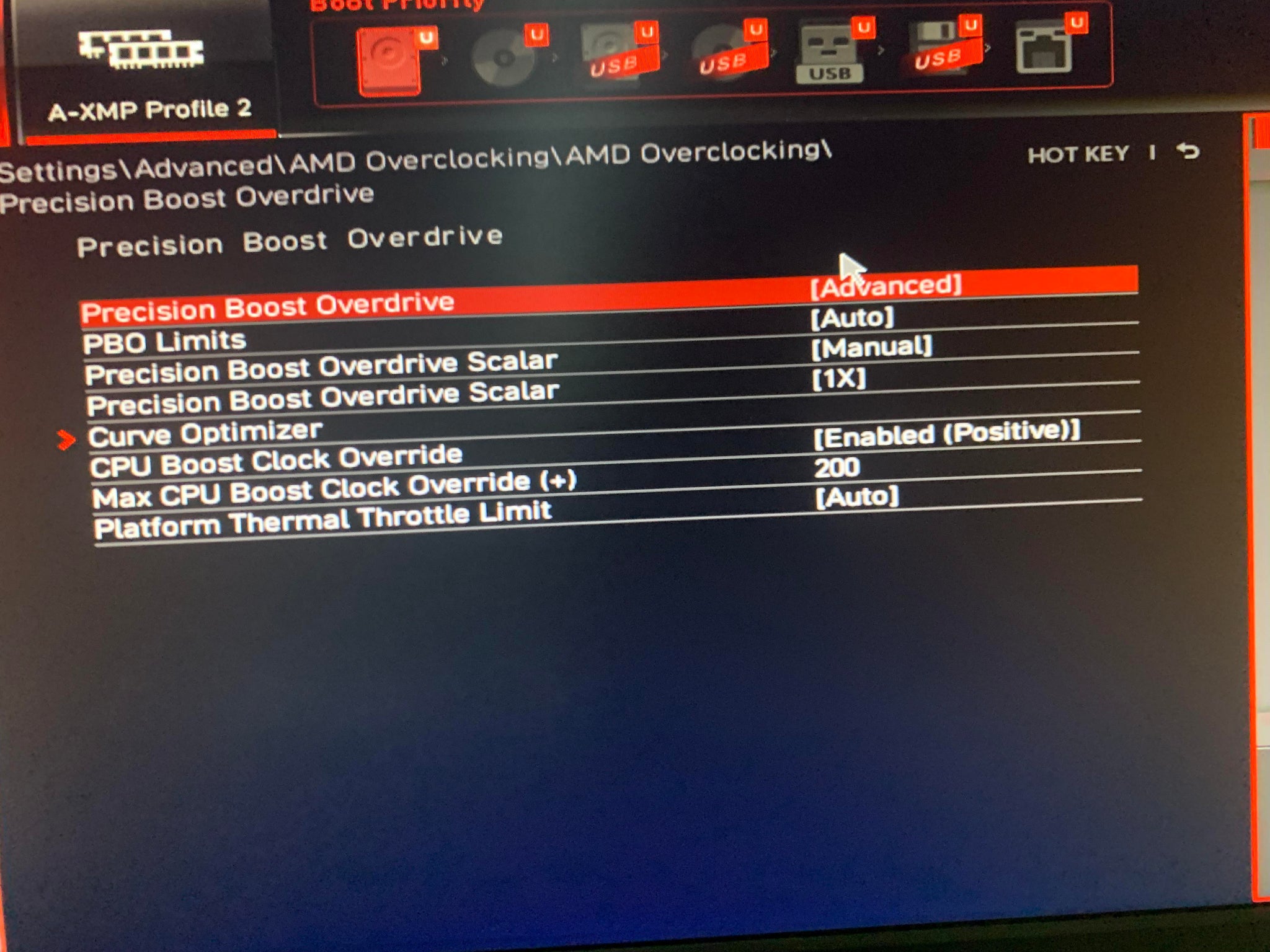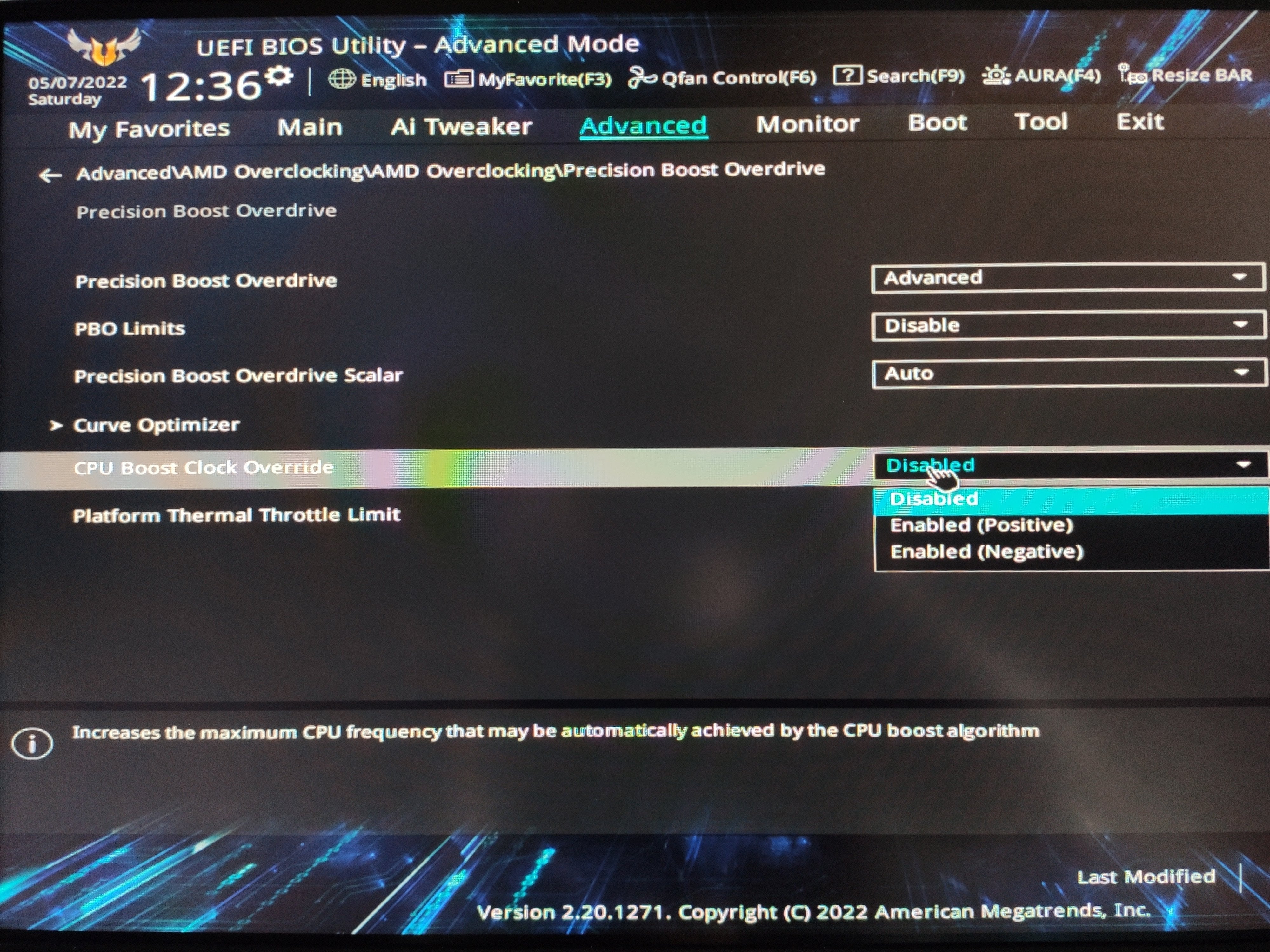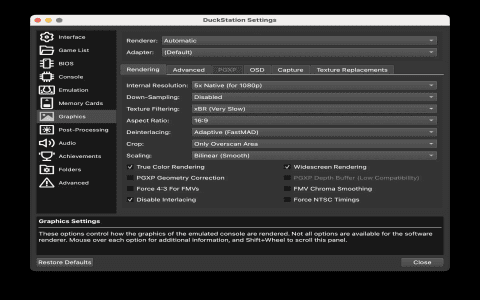Well now, if you’re wonderin’ ’bout this thing called the CPU boost clock override, let me tell ya, it ain’t as hard as folks might make it sound. I reckon a lot of people hear those fancy words and get all confused, but it’s actually quite simple if you take it step by step, like me fixin’ a broken fence. You see, this here boost clock override is somethin’ folks use to make their processor (that’s the brain of your computer, for them that don’t know) go faster than it usually does. Now, some of y’all might already be familiar with overclockin’, and this boost clock override is like the next step up. It’s like when you give your old tractor a little extra fuel to make it go a bit quicker, just without the smoke and the engine blowin’ up, that is.
Now, let’s break it down proper. If you’ve got yourself a good AMD processor—say, one of them Ryzen chips—then you might’ve heard of a thing called Precision Boost Overdrive, or PBO for short. This here PBO thingy is what lets your CPU run faster than usual when it needs a boost, but the boost clock override lets you take control and make that boost even higher. You can tell your CPU, “Hey, go on and run faster for a while, I won’t tell anyone.” But, mind you, if you push it too hard, that old computer of yours might overheat or start actin’ funny, so best not to get too carried away!


If you want to get started with it, the first thing you gotta do is get into that fancy BIOS menu. Now don’t be scared, it’s not as complicated as it sounds. Usually, when you turn your computer on, you can press the Del or F2 key right when it starts up. That’ll get you into the BIOS, where all the magic happens. Now, in there, you’ll find a bunch of settings that look like they’re written in some foreign language. But don’t you worry! You’re lookin’ for something that says “CPU Overclock” or “Boost Clock Override” or “Fmax Override.”
Once you’ve found it, you can start adjustin’ things. Most times, it’ll be set to “Auto” by default, but you’re gonna want to change that to a value that’s higher, like 200 MHz or 300 MHz, depending on what your CPU can handle. Don’t get too wild, now. Start small and test it out. You might have to do a bit of trial and error to find the sweet spot, just like me bakin’ a cake. Too much and it’ll burn; too little, and it won’t rise right.
But hold on now, there’s more! It ain’t just about changing the boost clock. You also gotta think about the voltage and the power delivery. You don’t wanna overdo it and end up with your computer blowin’ up in a puff of smoke. So, make sure you’ve got your voltage set correctly. Too high, and you might cause some real damage. Too low, and the computer won’t run right. Best keep it balanced, like a good soup—too salty, and it’s ruined, too bland, and it’s no good either!
Now, let’s talk about that Curve Optimizer for a minute. That’s another tool in the toolbox. What it does is adjust the voltage for each of your CPU’s cores. Each core’s like a little worker in the factory, and sometimes they need more or less energy to work best. With the Curve Optimizer, you can tell each core, “Hey, you’re workin’ too hard, take a little break,” or “Get to work, you’re slowin’ down the whole show!” And you can do this for every core, too. Some folks like to tweak each one individually, while others just set ‘em all the same. It’s really up to you.
Don’t forget to keep an eye on that temperature while you’re at it. You don’t want your CPU gettin’ too hot, or you’ll have a mess on your hands. You can use some tools to monitor the temperature of your CPU, just like how we used to check the thermometer in the chicken coop when the hens weren’t layin’ eggs. If it’s too hot, you gotta dial it back a bit, or you might cook the thing right outta the computer!
And let’s not forget about stability testing. After you’ve made your adjustments, it’s time to test it out. You gotta make sure your computer’s still workin’ properly after all that tweaking. You can run a stress test, like a good ol’ workout for the computer, to see if it’s stable under load. If it crashes, you know you’ve gone too far. Dial it back a little, and try again. Just like I learned with makin’ jam—you gotta make sure it’s the right consistency, not too runny or too thick!
In conclusion, if you want to try out this CPU boost clock override, just remember to take it slow. Start small, keep an eye on the temps, and don’t forget to test your settings. If you push your CPU too far, you might end up with a computer that’s more fried than a skillet of bacon. But if you do it right, you’ll get yourself a faster, more powerful machine. Now, get to it, and happy overclockin’!
Tags:[CPU Boost Clock Override, Overclocking, Precision Boost Overdrive, AMD CPU, BIOS settings, Curve Optimizer, Voltage settings, Temperature monitoring, Stress testing, Ryzen Overclocking]





